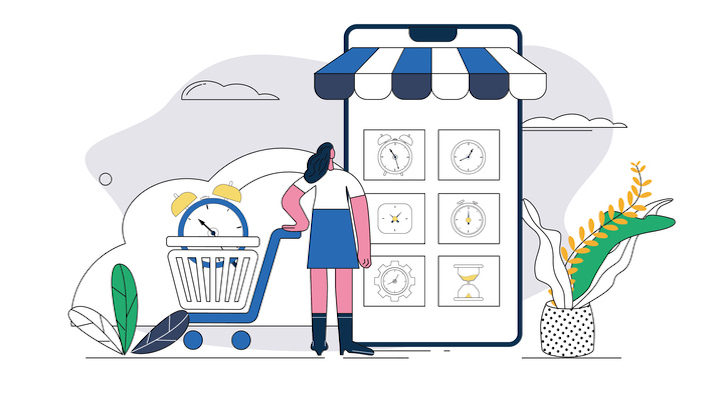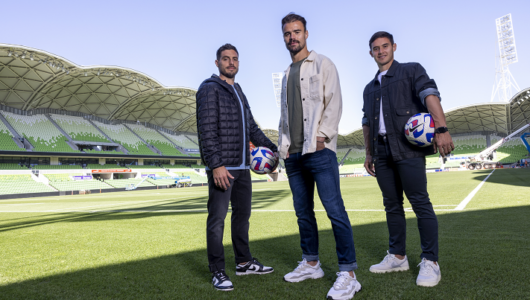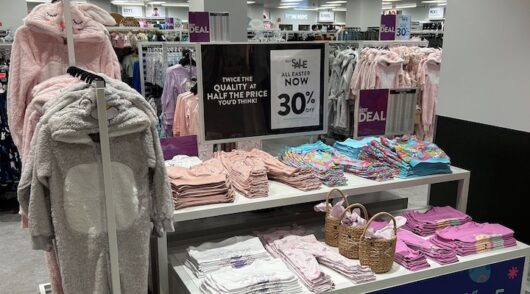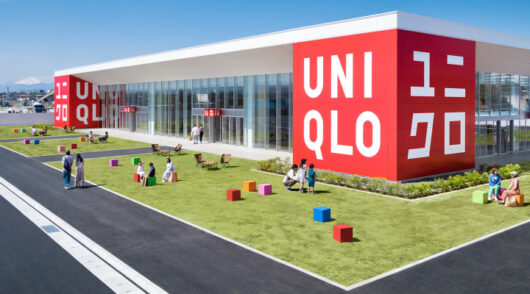Email marketing flows are crucial for crafting a seamless and personalised customer journey. From the initial welcome series that set the tone for a customer relationship through to re-engagement campaigns that reignite interest and post-purchase flows that build loyalty, establishing an email marketing flow is critical to the success of a retailer-customer relationship.
With Klaviyo, an intelligent marketing automation platform, retailers can set up automated email flows triggered by specific customer actions, ensuring timely and relevant communication.
Whether using tried and tested pre-built templates from Klaviyo’s extensive library, or building unique flows using a simple drag-and-drop tool to create their own, retailers can create advanced, profitable automated flows that are proven to boost conversion rates. The templates, built by experienced email marketers, include welcomes, browse/cart reminders, in-stock and price-drop alerts, shipping updates, and post-purchase follow-ups, to name just a few.
Designed for email, SMS, forms, and automations, they are all easily customisable in Klaviyo’s online content editor. Last year, Klaviyo customers earned nearly $15 billion in revenue from automations alone.
Retailers can also build cross-channel experiences with email, SMS, and push notifications in the same flow using Klaviyo – with consolidated flow reports all accessible in one place.
1. Welcome series
Create a great first impression by greeting new subscribers and introducing your brand. Retailers can use this to highlight what makes their brand unique and share their story with newcomers as the first step in building a genuine relationship with new customers.
The welcome email can also introduce social media channels and invite feedback about how often they’d welcome communication from the brand.
2. Browse abandonment
Remind subscribers about products that caught their attention while browsing.
A browse abandonment email automation allows you to direct messages or offers on products that have caught the eye of browsers. Like the cart abandonment email, this message can be a cornerstone of the brand’s re-engagement campaign.
Wilkinson Sword increased its revenue using automated flows by retargeting people based on what they had previously clicked within an email, including a product image of an item a customer placed in an abandoned cart in an email to customers who do not complete a purchase at checkout.
“After they click, we send them another email that’s directly related to what they expressed an interest in,” explains John Pagni, e-commerce assistant with Edgewell, the company’s personal care brand. “Through that we get really high open rates – around 60 per cent – and also a really strong conversion rate.”
This abandoned cart email drives a 15.9 per cent click rate, proving the value of detail-oriented personalisation and using an automated process.
3. Abandoned cart reminder
Boost revenue by reminding subscribers about products they didn’t finish purchasing.
Anyone browsing online can be easily distracted – by both online or offline events – so a cart abandonment email offers a convenient reminder to customers of the items they’ve left sitting in their shopping cart.
It can also remove any barriers that keep a potential customer from completing their purchase.
4. Post-purchase follow-up
Invite customers to review the products they have purchased once they’ve received them.
A post-purchase, thank-you helps brands foster loyalty by expressing gratitude to customers for their business.
A small thank you can go a long way, especially with the popularity of online shopping, where deals are endless and competition is fierce.
5. Price drop reminder
Reach out to subscribers when they can get a special deal on products they’ve browsed.
This may sound like one of the simplest automations of all – but it can also be the most effective. By targeting previous customers, those with abandoned carts or those who browsed before drifting away without purchasing, retailers can entice customers to reconsider a product that they have clearly already expressed interest in.
Similarly, a birthday or anniversary flow can be set up – with or without a price drop promotion – targeting gift-givers or customers who want to treat themselves on their special day.
6. Back-in-stock reminder
Let subscribers know when a product they’re interested in is back in stock.
No matter how well organised a brand’s supply chain and forward planning strategies work, any brand can suffer from an out-of-stock. Using automation to advise customers of an item they may have browsed before but couldn’t purchase is back in stock can be a valuable tool for increasing sales.
This works best when a retailer includes a box alongside out-of-stock items which browsers can tick to be alerted when inventory is restored.
Michael Debes, customer growth account executive at Klaviyo recommends retailers to be cautious when using the back-in-stock flow in case it backfires.
“I would recommend setting a minimum inventory rule to control the threshold for notifying a customer after an item has been restocked. That way a retailer does not end up telling 100 customers a popular item is available again when only 10 are available.”
To achieve even greater campaign optimisation, Klaviyo’s segmentation tools – covered in an earlier feature – can be used to customise flows for distinct audiences. For example, different versions of browse reminders can be used for frequent and sporadic viewers, or cart reminders can be adapted for customers with a high order value or a lower one. Thank you messages can be tailored to new shoppers or returning customers.
How Arizona used flows to personalise communication
Arizona Beverage Co used Klaviyo’s flows as part of a strategy to revive online sales which included a contest where consumers could create a recipe for a new drink and name the flavour.
The contest ultimately drew 27,000 entries – 15,700 of them from new email addresses. To build momentum and sustain a buzz around the contest, Arizona’s team used Klaviyo’s automated flows to send messages to email and SMS lists a month before the content launch, boosting awareness.
Arizona’s team connected the browser-based app – where users built their own flavours – to Klaviyo’s API, so they could include personalised submission details in their dynamically coded flow thanking people for submitting an entry. The promotion boosted Arizona’s off-season revenue by 201 per cent.
“In Klaviyo, you can set up as many flows and send as many campaigns as you want,” explained Nicole Mejia, e-commerce marketing specialist at Arizona.






